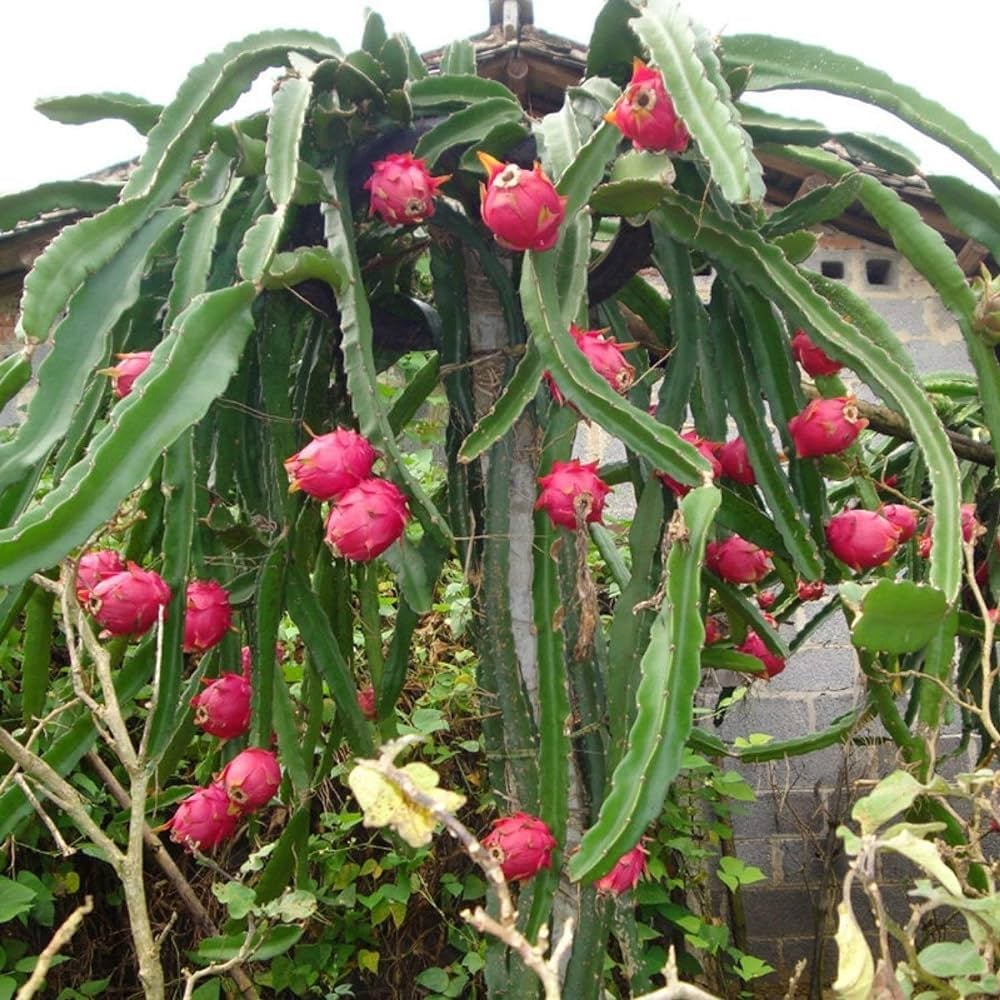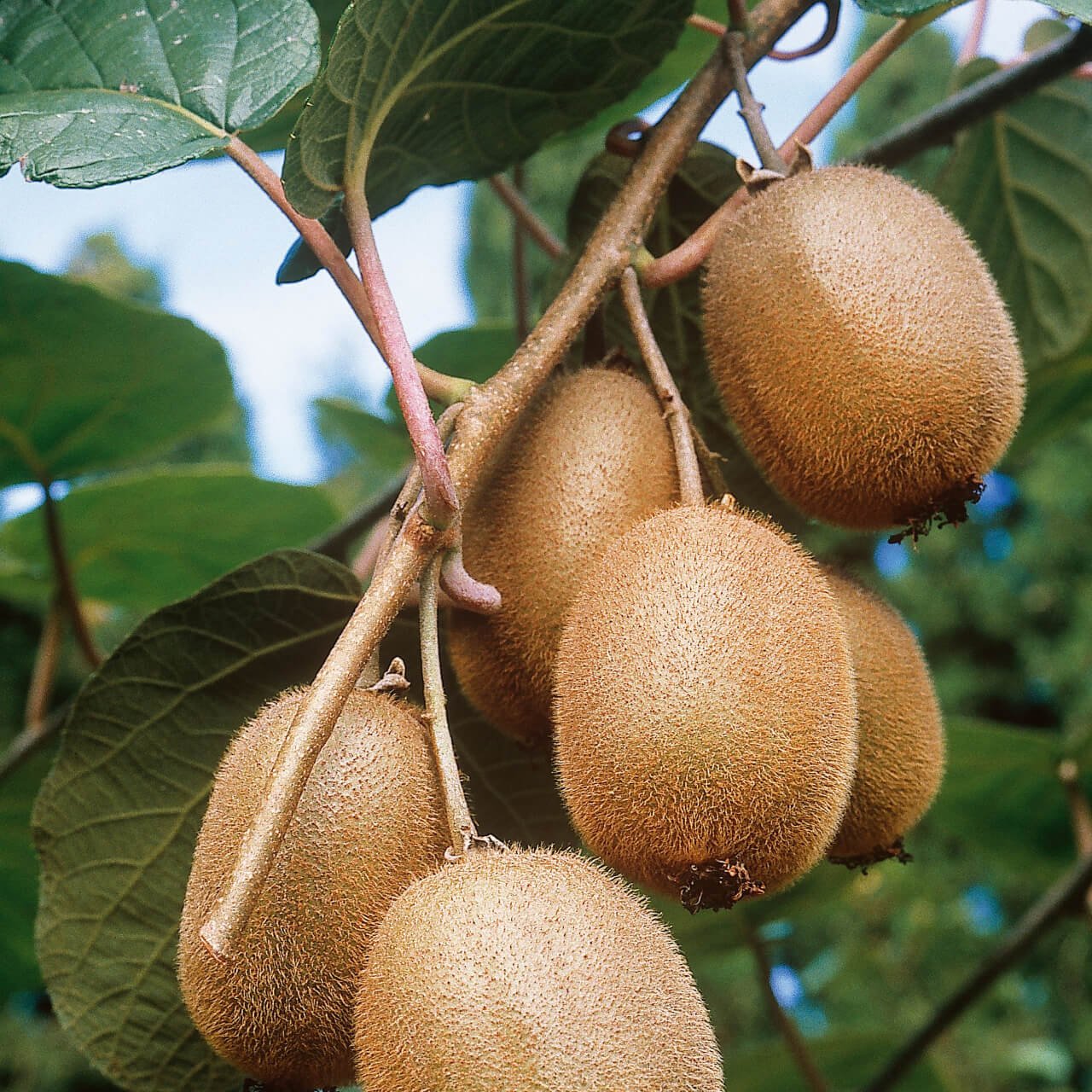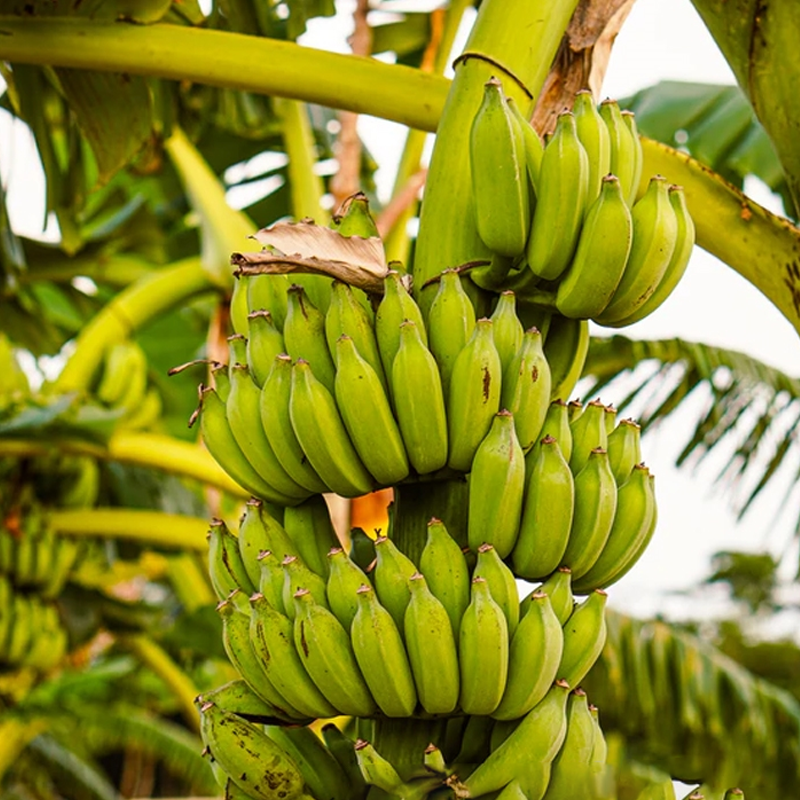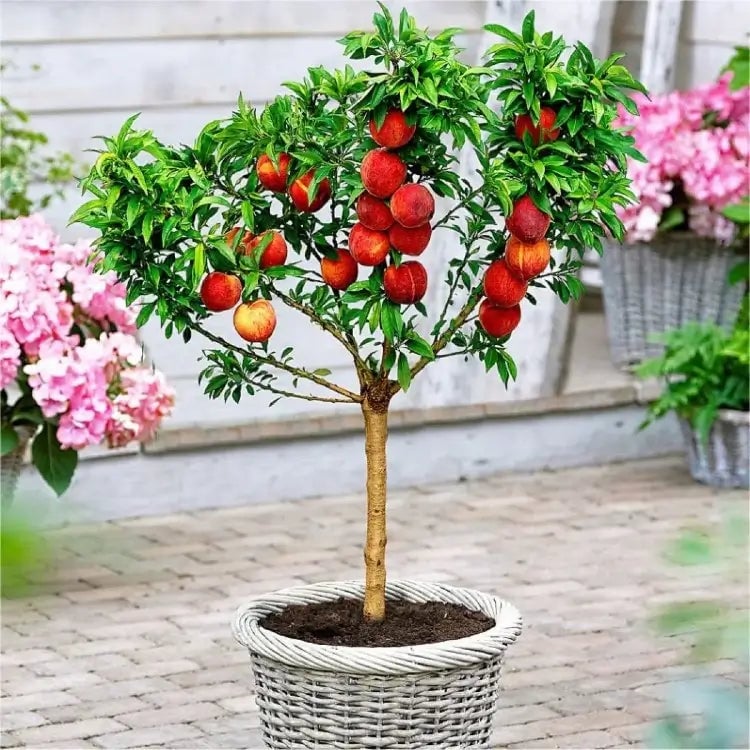
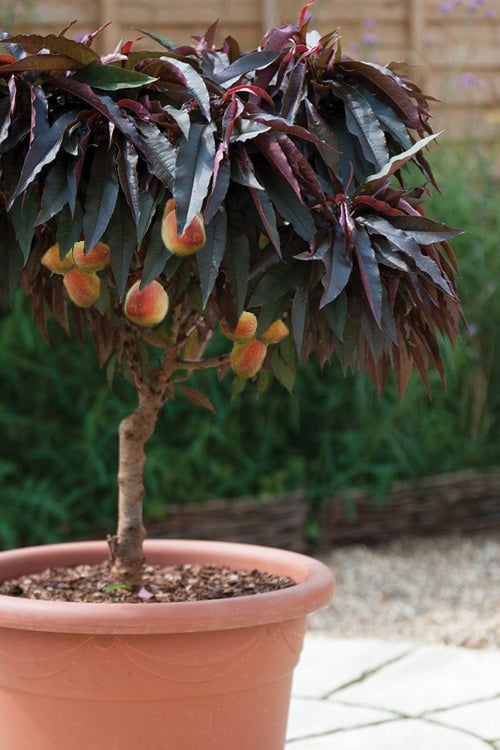

Dwarf Patio Peach
Supports local wildlife and pollinators
Enhances landscape with vibrant foliage
Provides shade and natural beauty
Thrives in
ZONE 5ZONE 6ZONE 7ZONE 8ZONE 9This plant ships:
Ships Spring 20261 Year Guarantee on all plants
Dwarf Patio Peach: Prunus persica 'Bonfire'
The Dwarf Patio Peach is just the thing for you. This small fruit tree is as useful as it is beautiful, providing juicy fruit without the need for a huge plot. It also makes a good pot-simmer and is ideal for the urban gardener and anyone with a small balcony.
Growing Lights for Dwarf Patio Peach
It does best in full sun with ripe fruit and good healthy foliage. It likes a well-drained soil that has enough moisture left in the soil to water the roots. Plant trees in pots that drain well to avoid flooding. It needs water a lot, especially during dry months. It's also fairly cold-hardy, so it works in most climates.
We must also fertilize for good growth and a healthy harvest. Balanced, slow-release fertilizer works best in early spring and mid-summer. Once a year, prune the tree to maintain its form and shape, while producing new fruit wood.
The Looks Of The Dwarf Patio Peach
It looks cute little in a pot on your porch. Alongside the delicious fruit, the tree also provides beautiful aesthetics, and it's a beautiful accent for porch, balconies, and well-lit rooms. In spring, a few pale pink flowers pop against the dark green foliage. They enchant pollinators, making them even more valuable to the gardener.
By the end of the season, the tree bears medium-sized, sweet fruit, excellent fresh or in baking or canning. Because of its size and decorative nature, it is a good option for decorating a small porch.
How To Take Care Of Yours
The right care keeps yours happy and productive. Water frequently, but never overwater, especially when growing in a pot. Be sure to check the topsoil often; water when it is dry to the touch.
It needs to be pruned so that it is small and produces as much fruit as possible. Remove dead and injured branches, and prune some inner branches in the winter months to let in air.
Why it Is Just The Thing For You
A good choice for those who don't have a lot of room in the garden, this tree will allow you to grow your own fruit without having to open a large orchard. It's container-friendly, and so you can use it on balconies, porch, even in bright indoor spaces. It will ripen with love for years, when properly kept, making the tiny spaces look beautiful and practical.
No matter if you're a professional or an amateur gardener, it is the perfect tool for your foodie joys. Its small size, visual beauty and yielding fruit make gardening affordable to all.
What are the favorable conditions for growing it
They grow best in a soil type that has good drainage and with slightly acidic to neutral pH. These plants like warm conditions and should be placed in pots/gardens where they will not be exposed to very strong winds.
What fertilizer is best for it?
They can be fertilized with a balanced fertilizer. Spray it during the growing season, as indicated on the package, to enhance foliage, flowers, and fruit development.
Does it need full sun
Full sun exposure is necessary for the growth and fruiting of them. A minimum of 6-8 hours of direct sunlight exposure should be provided for tree growth and fruit formation.
What is the lifespan of it?
It has a lifespan of about 10-15 years for an average tree. Good maintenance practices such as pruning, application of fertilizer, and pest control will help increase its years of productivity.
How tall does it get
Dwarf patio peach trees can grow to between 4 to 6 feet tall, which makes it easy to use them in a small garden or in raised flower pots. It is easy to place them on the porch, decks, or balconies due to their small sizes.
This Is How Your Plants Will Look upon Delivery

Bloom Season
Spring
Bloom/Foliage Color
Pink
Height at Maturity
Under 25 Feet
Care
Water apricot trees deeply but infrequently, allowing the soil to dry slightly between watering. Prune annually in late winter to maintain shape and remove dead wood. Fertilize in early spring with balanced nutrients to promote healthy growth and fruit production.
Plant Reproduction
Patio Peach tree spreads through seed dispersal and grafting.
Plant fruit trees in early spring or late fall when the weather is cool. Choose a sunny location with well-drained soil. Dig a hole twice the width of the roots and double as deep as the root system. When the tree is put in the hole, make sure the graft union (a noticeable bump where the tree was grafted above the rootstock) is above the soil line. Put dug-out soil around the tree roots, gently firmly remove air pockets, and water thoroughly.
Water young trees regularly, especially during dry spells, to establish a robust root system. Once established, water deeply and less frequently. Prune fruit trees yearly during the dormant season to remove dead or diseased wood, improve air circulation, and shape the tree for optimal fruit production. Fertilize in early spring and thin the fruit when necessary to prevent overbearing, which can stress the tree and reduce fruit quality.
Shipping date depends on the date displayed and chosen when you order from the product's page.
We only accept returns on plants verified dead. If you think your plants have died, we offer a 1 year warranty, please use this File a Claim Link to verify dead plants and start with return warranty process.




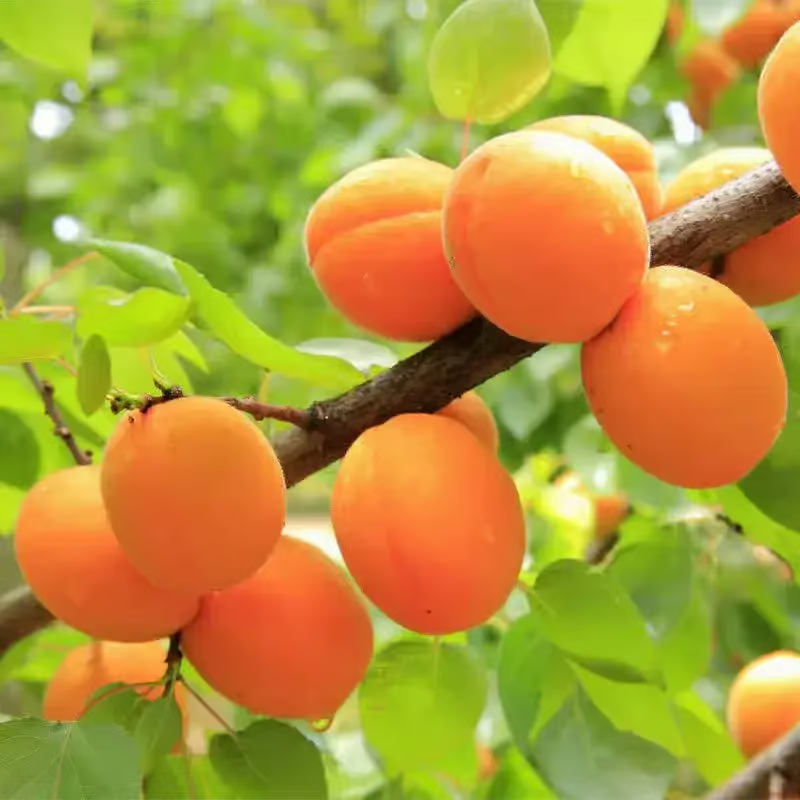
Self-Pollinating Varieties:
Many apricot varieties are self-pollinating, meaning you don’t need multiple trees to get a good fruit yield. This makes them a convenient choice for smaller gardens.
Extended Harvest Period:
Apricot trees offer a long harvesting season, providing fresh fruit from mid-summer to late summer. This extended harvest allows you to enjoy the fruits of your labor for weeks.
Delicious Fruit:
Apricot trees produce delectable, sweet fruits that are perfect for snacking, baking, and making preserves. Their rich flavor makes them a favorite for a variety of recipes.
Sun-Loving Fruit:
Apricots (Prunus armeniaca) thrive in sunny spots where they can bask in warmth, ensuring their sweet, juicy fruits fully ripen.
Caring Tips
How do I care for my Dwarf Patio Peach?
Each box contains detailed care instructions and information about your product. But here's the basics.
Care Tips
Water apricot trees deeply but infrequently, allowing the soil to dry slightly between watering. Prune annually in late winter to maintain shape and remove dead wood. Fertilize in early spring with balanced nutrients to promote healthy growth and fruit production.
Light Requirements
Apricot fruit trees thrive in full sun, requiring 6 to 8 hours of sunlight daily. They favor a sunny spot with well-drained soil to ensure healthy growth, abundant fruit production, and optimal ripening of the apricots.
Hardy Planting Zones
5 • 6 • 7 • 8 • 9
Header
Use this content to share information about your store and products.
Frequently Asked Questions
How often should I water my plants?
How do I know if my plant is getting too much or too little sunlight?
What should I do to prepare my plants for winter?
What are the signs that my plant needs fertilizing?
How can I prevent pests from damaging my plants?
How do I choose the right plant for my climate zone?




